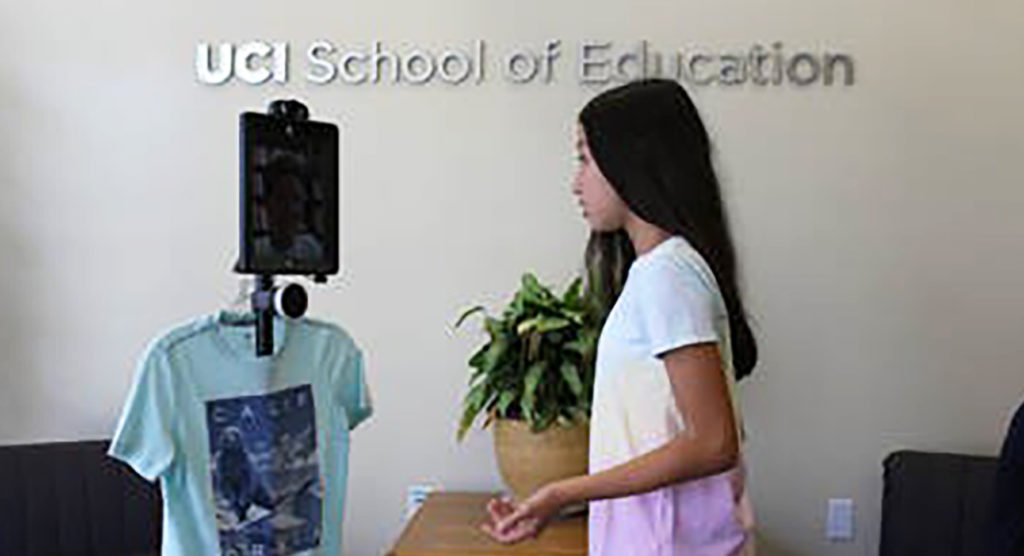
Mega Doctor News
Newswise — A team of University of California researchers is working to improve telepresence robots and the algorithms that drive them to help children with disabilities stay connected to their classmates, teachers and communities. The effort is funded by a $1 million grant from the National Robotics Initiative at the National Science Foundation.
The project is unique in that the team is working with telepresence robots equipped with an arm, which will allow children at home to interact with the outside world by touch. These mobile tele-manipulator robots will also be equipped with cameras, microphones, a display and other sensors that will allow children to interact with people in places where they can’t usually go, especially schools.
Even before COVID-19, there were over 2.5 million children in the United States who were unable to attend school in person due to medical conditions. The current pandemic has both increased this number and isolated them even further.
The project team includes professor Laurel Riek in the Department of Computer Science and Engineering and Emergency Medicine at University of California San Diego, and professors Veronica Ahumada-Newhart, Jacquelynne Eccles, and Mark Warschauer at the University of California, Irvine in the Schools of Education and Informatics.
“The robots we build on this project will provide an exciting, enabling technology for millions of people with disabilities and others who are isolated during the pandemic, especially children at high risk of infection,” said Riek.
Making a robotic arm available is key, Riek added. “Children want to be able to touch the world. They want to be able to throw a ball, play games, and raise their hand in class.”
UC Irvine’s Ahumada-Newhart has dedicated the past seven years to studying robot-mediated learning and inclusion, deploying telepresence robots in schools across the country. She developed a framework for how to create a social telepresence for children via a robot, from both a theoretical and qualitative standpoint. Riek and her team will build new adaptive, accessible control systems that will allow children to operate the robot.
Riek has also recently developed a system, JESSIE, which allows people with no prior programming experience to write complex, dynamic control software for robots using paper cards and taking a picture of them. This project will build on this work to create JESSIE-KIDS, which will enable controlling mobile telemanipulators in an inclusive and accessible way, to both support easily adapting the robots to meet the needs of different children, and also teach children programming concepts.
This project’s focus is schools, which means that experiments will have to start once the COVID-19 pandemic is under control. But first, researchers will identify best practices and guidelines for the use of telepresence in schools to best facilitate learning and social development in collaboration with key stakeholders. They will use this to inform the design of new inclusive interfaces and control modalities for homebound children to use the remotely operated mobile telemanipulator robots.
They also will pioneer new inclusive robotics curricula to support children with disabilities entering the STEM workforce. This national robotics curriculum will be publicly available online and will feature introductory concepts in robotics as well as information about the evolving roles of robots in our society.
This project will yield new knowledge in multiple fields, including robotics, education, and healthcare. It will promote the progress of science by exploring how to make mobile telemanipulators accessible to people with disabilities. This work will also benefit society through insights into robot-mediated interaction, which can extend to other domains, such as telemedicine, telehealth, and others who experience barriers to remaining socially connected to their real-world communities in the physical world.









